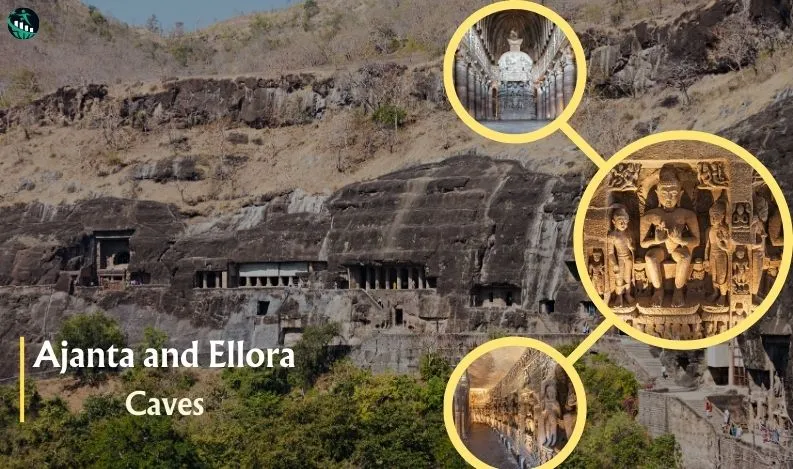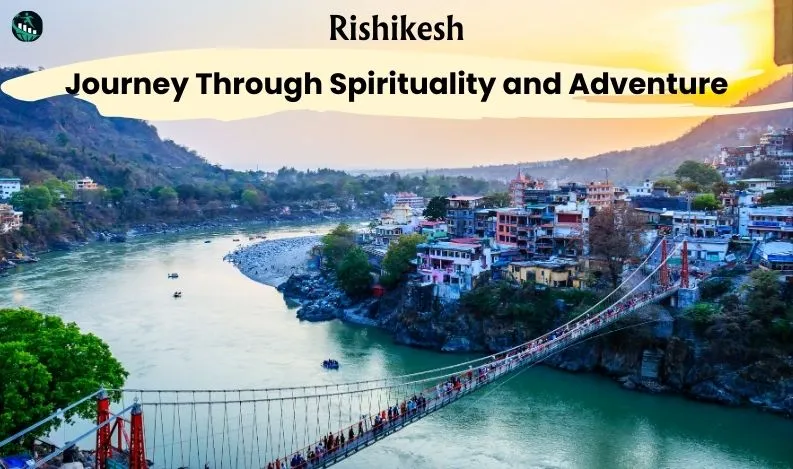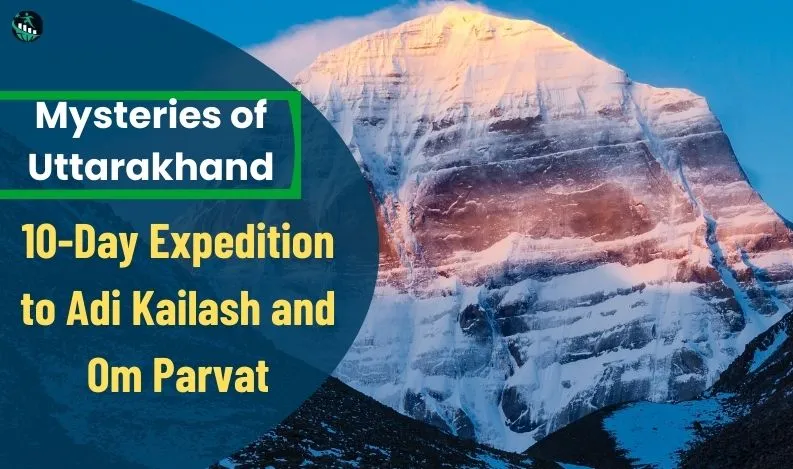
Ajanta and Ellora Caves: A Journey Through India's Artistic and Spiritual Heritage
Nestled in the lush landscapes of Maharashtra, India, the Ajanta and Ellora caves stand as monumental testaments to the country's rich historical and cultural legacy. These UNESCO World Heritage Sites, with their remarkable rock-cut architecture and exquisite art, offer a window into the spiritual and artistic endeavors of ancient Indian civilizations. This detailed exploration of the Ajanta and Ellora caves will guide you through their historical significance, architectural marvels, artistic beauty, and the profound cultural impact they have had over the centuries.
The Spiritual Odyssey of Ajanta Caves
Unveiling the Historical Layers
The Ajanta caves, dating back to between the 2nd century BCE and the 5th century CE, serve as a sanctuary of Buddhist religious art. The caves were primarily used as monastic retreats for Buddhist monks during the monsoon season. The chronological development of the Ajanta caves can be divided into two distinct phases: the early Hinayana phase, where the focus was more on stupa worship, and the later Mahayana phase, which saw an increased emphasis on the image worship of the Buddha.
The Artistic Tapestry
The murals and sculptures within these caves are unparalleled in their artistic expression, detailing the life of the Buddha and various Jataka tales. The art of Ajanta is characterized by its narrative richness, emotional depth, and the use of vibrant colors. The paintings, made using natural pigments, have an ethereal quality, their hues still vibrant after centuries. Each mural, with its intricate details and expressive figures, tells a unique story, offering insights into the socio-cultural and religious life of ancient India.
Cave Highlights
Among the array of caves, Cave 1 stands out for its elaborate façade and beautifully preserved paintings. The Bodhisattva Padmapani painting, with its serene expression and intricate details, epitomizes the artistic mastery of Ajanta. Cave 2, with its ceiling paintings and ornate carvings, showcases the fusion of architectural and artistic craftsmanship.
Ellora Caves: A Symphony of Three Faiths
Architectural Diversity
The Ellora caves, carved between the 6th and 10th centuries CE, represent an unparalleled architectural feat, with 34 caves dedicated to Buddhism, Hinduism, and Jainism. This coexistence of different religious caves in close proximity reflects the tolerant and syncretic nature of Indian society during this period.
The Marvel of Kailasa Temple
The Kailasa Temple (Cave 16), a monumental piece of rock-cut architecture dedicated to Lord Shiva, stands as the crown jewel of Ellora. Carved out of a single rock, the temple is an engineering marvel, its scale and intricacy a testament to the ingenuity of its creators. The temple not only serves as a place of worship but also as a grand statement of the artistic and spiritual heights achieved by ancient Indian civilization.
Intricate Sculptures and Iconography
The Ellora caves are adorned with a plethora of sculptures and carvings that delve deep into Hindu, Buddhist, and Jain mythologies. The Dashavatara cave (Cave 15) is notable for its depiction of the ten incarnations of Vishnu. The Jain caves, particularly Cave 32 (Indra Sabha), are celebrated for their detailed carvings and serene Tirthankara statues, embodying the principles of Jainism.
The Cultural and Historical Impact
The Ajanta and Ellora caves have had a profound impact on the understanding of ancient Indian art, architecture, and religion. They offer scholars and historians invaluable insights into the socio-cultural dynamics of their times. The artistic and architectural innovations found in these caves have influenced subsequent Indian art and architecture and continue to inspire artists and architects around the world.
Preserving the Legacy
The conservation of the Ajanta and Ellora caves is of paramount importance. Efforts by various organizations, including the Archaeological Survey of India and UNESCO, focus on preserving these sites for future generations. Challenges such as environmental degradation, human interference, and the natural wear and tear of time are being addressed through a combination of modern science and traditional conservation techniques.
A Traveler's Guide to the Caves
Planning Your Visit
The ideal time to visit the caves is during the cooler months, from November to February. Given the extensive area covered by the caves, allocating a minimum of two days for your visit allows for a more immersive experience.
Practical Tips:-
Wear comfortable walking shoes and carry water, as exploring the caves involves significant walking.
Consider hiring a local guide or using an audio guide to enrich your understanding of the caves' historical and cultural contexts.
Photography is allowed, but the use of flash is prohibited inside the caves to protect the ancient paintings.
Getting There
Aurangabad, the closest city to both Ajanta and Ellora, is well-connected by air and rail to major Indian cities. From Aurangabad, you can hire a taxi or take a bus to reach the caves.
Conclusion: A Testament to India's Glorious Past
The Ajanta and Ellora caves are not just monuments of stone; they are living narratives of India's glorious past, a testament to the artistic genius and spiritual depth of its people. A visit to these caves is a pilgrimage to the heart of India's artistic and spiritual heritage, an experience that transcends time, leaving a lasting impression on the heart and mind.








Recent Comments: